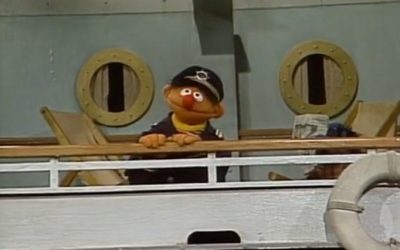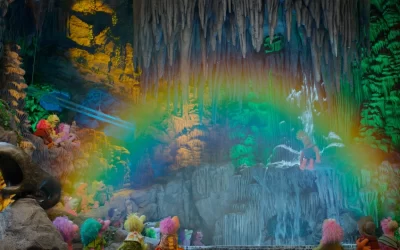The following article was written by Muppet fan Ren Goetz (no relation to the similarly-named Dave Goelz), who you can follow on Twitter @ragdollren. Many thanks to Ren for all their hard work!
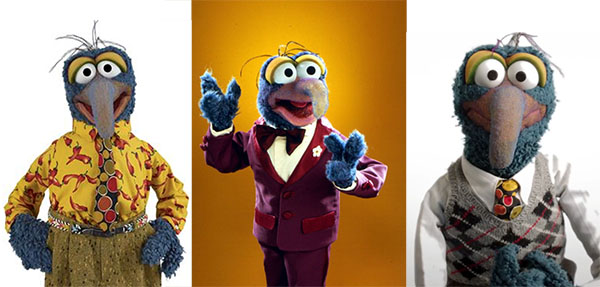
As a kid, Gonzo freaked me out, which was partially due to the way he defied categorization: not a Muppetized human, not a talking animal with a species for a last name, not simply a voracious monster. (I say “partially” because around the same age, I was terrified of alien abduction. Muppets From Space hit theaters when I was 4, and, predictably, did not help on either count. I’ve grown to appreciate him over time, of course, which is also true of plenty of other things, like thunderstorms, onions, and taking naps.)
Technically, Gonzo is AFAB: Assigned Frackle At Birth. So am I, and roughly half of the world’s population. In human terms, the F in AFAB stands for female. Doctors delivering babies announce either, “It’s a girl!” or, “It’s a boy!” – people who wholeheartedly agree with that proclamation for their entire lives are cisgender, and then there are the rest of us.
So what does all of this have to do with Gonzo?
The oft-repeated question of what Gonzo is usually concerns itself with his species, rather than gender. He’s clearly meant to be understood as a male Whatever, at least as much as Kermit is a male frog. Although species, sex, and gender are separate concepts, Gonzo’s character-defining Otherness has bled across these at various points:

Recently on the internet, among gender-nonconforming people of all stripes, Gonzo has cropped up in memes as a kind of fashion icon:
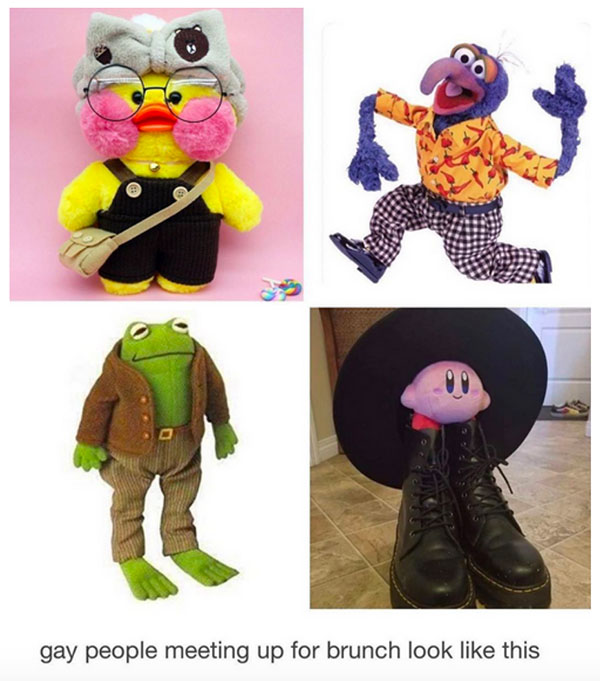
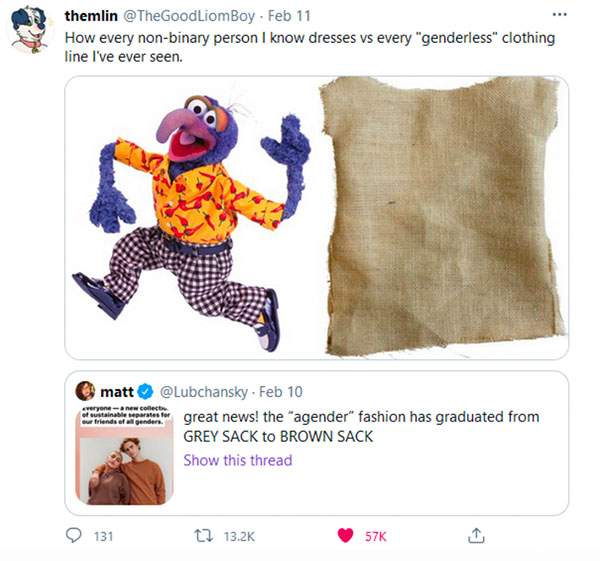
The question I want to get at here isn’t “Is Gonzo nonbinary, yes or no?” The single most literal answer to that question is that he’s a puppet, duh, and a puppet devised, written, and performed by a team of cisgender dudes, at that. The more interesting question, to me, is, why project a nonbinary gender identity onto this particular puppet?
Part of Gonzo’s memeability is that he’s one of the few Muppets that regularly wears clothes – one of the most reliable forms of personal expression, which includes gender expression, that we have in the real world. And, as the memes above attest to, a sort of hallmark among people seeking gender-neutral fashion options that are also expressive and whimsical is a patterned button-up shirt seemingly designed via MadLibs: pick a noun, any noun! As such, Gonzo’s chili pepper shirt fits the bill nicely. (The only true match I could find for sale online is only available in toddler sizes, in case you were wondering.)
It should go without saying that this isn’t the only “nonbinary” way to dress. There’s no one “nonbinary” way to do anything, and anyone can be nonbinary, regardless of what their body, or voice, or clothing might suggest. (My own #mood toward my gender, for instance, is less Gonzo and more Robin – small, relatively featureless, easily unnoticed. Emboldened and heartened by the influences of both Bernadette Peters and John Denver.)
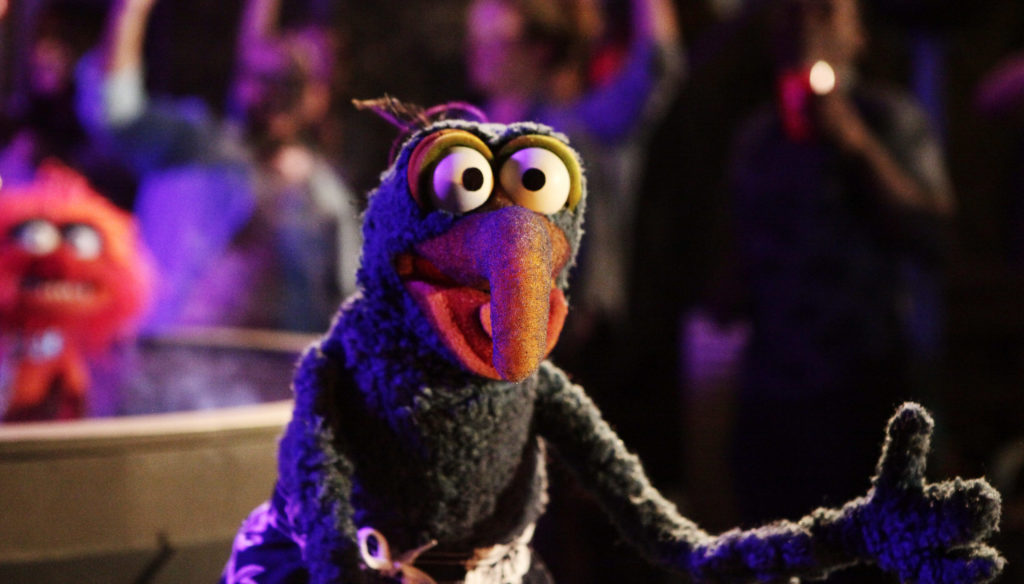
On a bit of a tangential note, giving Gonzo clothes at all was a smart design choice. Imagine him going about his usual antics on The Muppet Show wearing as little as Kermit or Fozzie does. Even though what covers his body is sort of fur-like, the mental image I have strikes me as somehow more naked than either Kermit or Fozzie, and would seem to lend him an air of almost exhibitionist menace, at odds with his own self-perception as that of a cultured performance artist. A truly naked Gonzo would be creepy, rather than charming, and that’s a fine needle for him to thread as-is.
When nonbinary representation is present in popular media (which is still fairly uncommon in and of itself), characters who are canonically identified as nonbinary are usually somehow nonhuman: aliens, robots, androids, whatever.
Or, as the case may be, Whatever.
The overall impact of these nonhuman depictions is occasionally a subject of intra-community debate among nonbinary people – on the one hand, such characters are a means of seeing ourselves onscreen in a way; they’re there for us to latch onto, to relate to. On the other hand, real, living, human people are nonbinary, and if these characters are the (statistically, mostly cisgender) audience’s only exposure to the concept that it’s possible to be something other than male or female, that audience might be led to believe that nonbinary people only exist in fiction.
All of this is to say that nonbinary people aren’t a monolith, and I won’t wade into that debate by classifying Gonzo as “good” or “bad” representation. I would say that people who relate to Gonzo on a personal level – regardless of their gender – aren’t wrong or bad for doing so. Cultural standards for media representation grow and change, and in recent decades, the onus of responsibility has shifted to creators who are in the position to present representation of all kinds intentionally and respectfully. For all the press that the Disney+ disclaimers have gotten lately, this is the other, more hopeful side of the same coin: the past has to be acknowledged for what it was, but there’s always the capacity to be more thoughtful and nuanced in making something new.
Gonzo was crafted into an emblem of nonconformity, and certain fans, drawing an inference from that unassailable fact, have embraced him and claimed him as a member of our community.
We can only hope (or, well, speculate) that, unlike that old Groucho Marx line, he’d be glad to join us.
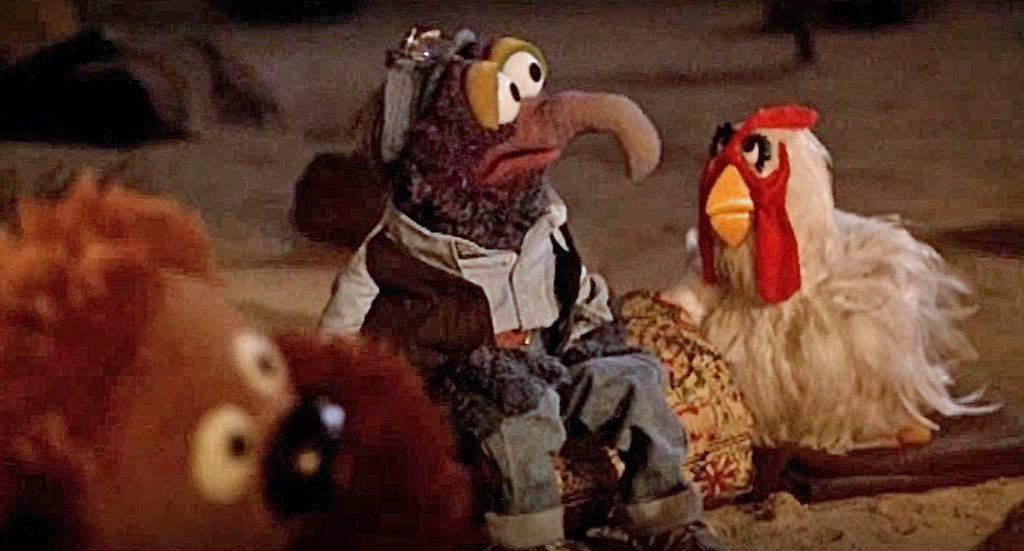
Click here to wear your finest chili pepper shirt to the ToughPigs forum!
by Ren Goetz

